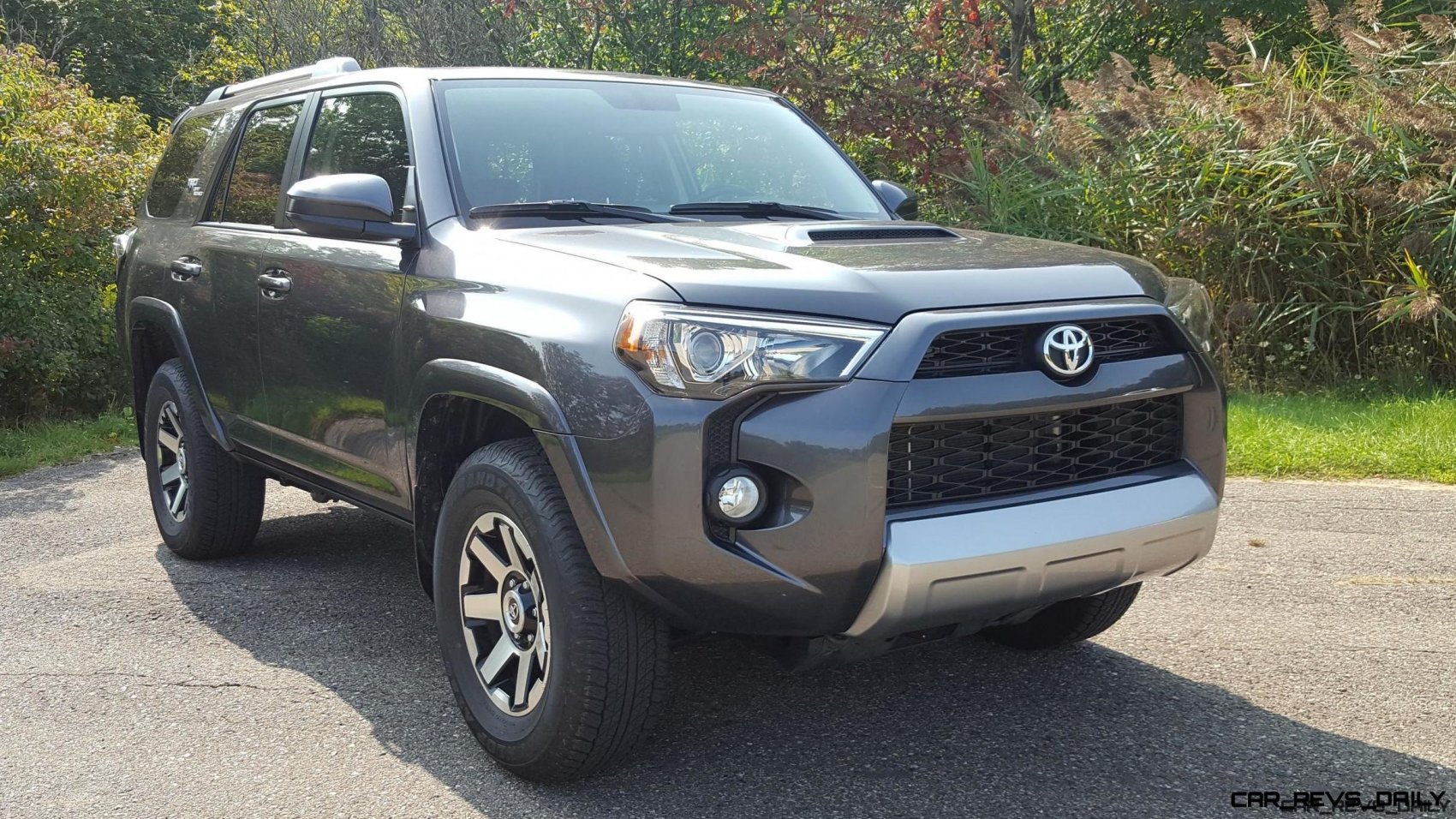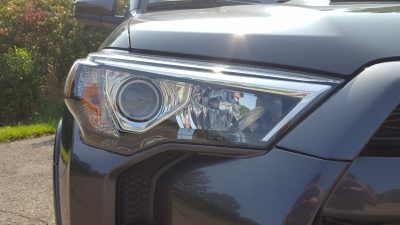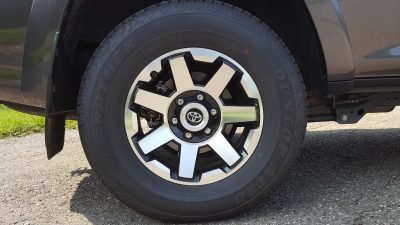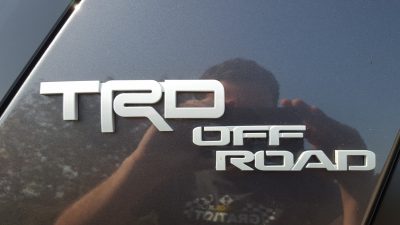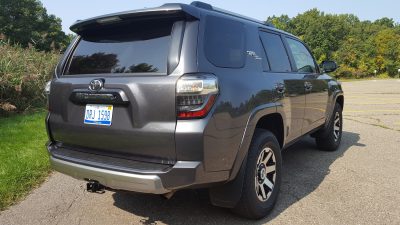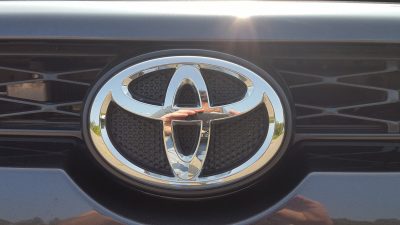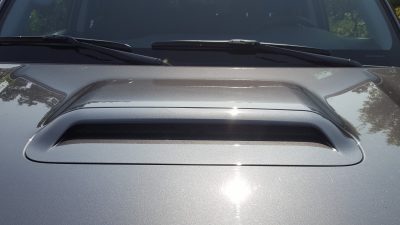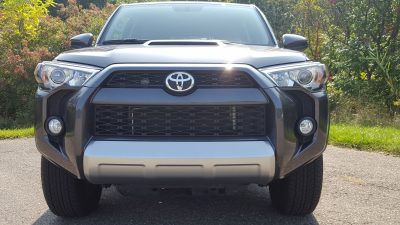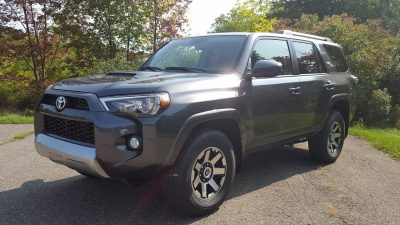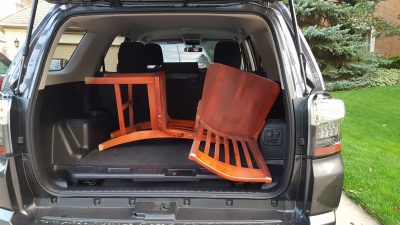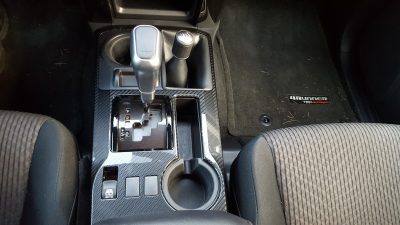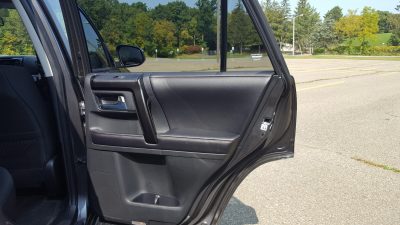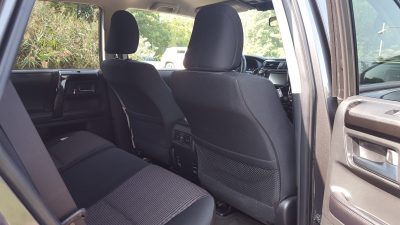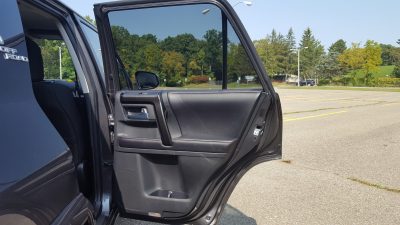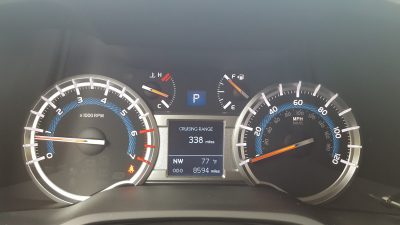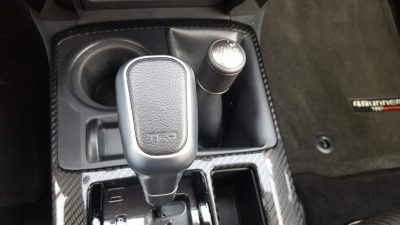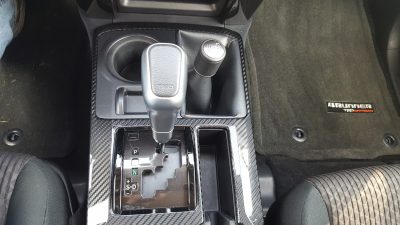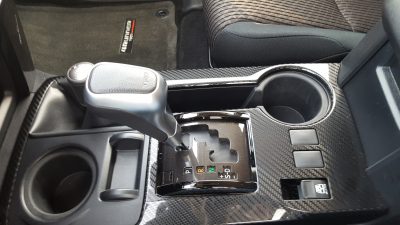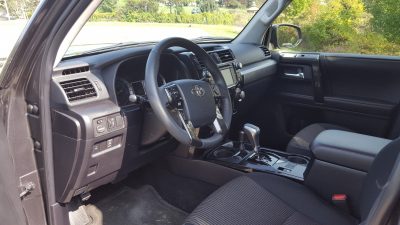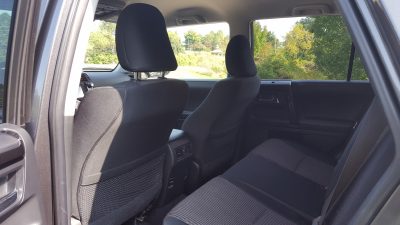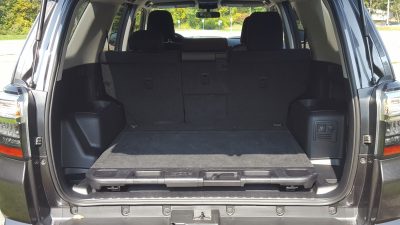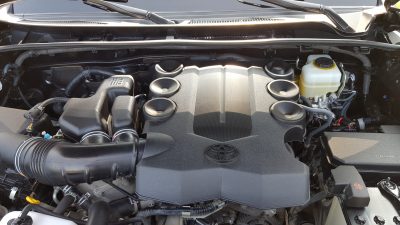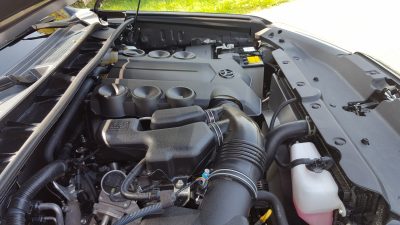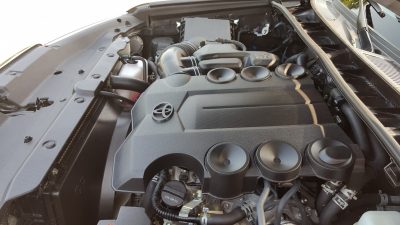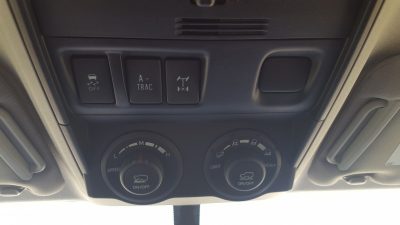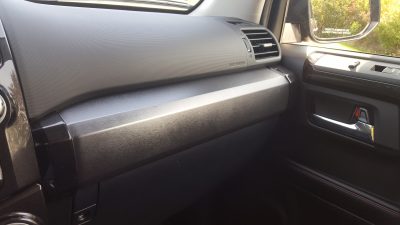Remember the movie Jurassic Park? This classic Steven Spielberg film highlighted what would happen if dinosaurs once again roamed the earth.
While these creatures are thankfully extinct, in the automotive world, there are still a handful of relics that serve as a glimpse into an era of automobiles that is slowly being replaced by crossover vehicles and a newfound zeal for green motoring. The venerable Toyota 4Runner is one of these holdouts, and has persisted thanks to its impressive degrees of capability and size.
But is there still a place for the 4Runner in an ever changing marketplace? Or has the drive for progress finally caught up with this aging thoroughbred?
To find out, we slipped behind the wheel of the TRD Off-Road model to see how it measured up in real world driving. This particular model slots between the SR5 grade model, and the beefy TRD Pro model, while also replacing the Trail Limited model we experienced last fall.
The exterior styling of our Magnetic Gray tester largely retains the purposeful but aging lines that have defined the Toyota 4Runner since 2010, which is a double edged sword. On the one hand, TRD Pro models look tough, and have a certain swagger about their purpose due to the design language, however, lesser models lack that visual punch, and as a result, look somewhat more conservative and dated when viewed against many rivals.
Our tester manages to avoid much of this problem thanks mostly to its handsome 17-inch wheels which come shod in off-road spec Dunlop Grand Trek tires.
Its butch-esque profile invites comparisons with the Jeep Wrangler Unlimited, and while the Toyota’s roof does not come off, the independently lowered rear glass does allow bulky items to fit much easier as well as provide some form of semi air motoring.
Both models are also based on long running architecture, but whereas the 2018 Wrangler will feature new design language, and embrace the virtues of aluminium, look for the 4Runner to soldier on in its current state for at least a few more years.
The interior of our tester still embodies the simple virtues of rugged construction and practicality. While the plastics here are a generation or two behind the materials in many newer Toyota’s, this is actually ok because after all, why fix a perfectly good thing? One thing that we wish Toyota engineers would fix is the absurdly long reach needed to operate some of the controls on the otherwise well laid out dashboard.
This problem is especially noticeable when tuning the radio or using the roof mounted off-road controls which in turn creates unnecessarily high levels of frustration and distraction while driving. Thankfully, the radio portion of this equation is solved by the satellite controls on the steering wheel, which alleviates much of the frustration.
The rest of the interior falls largely in line with other SUV entries with the 4-Runner’s dimensions making the cabin seem like the most cramped in its class at first glance. However, in practice, passenger comfort was actually quite good, with the second row delivering good levels of head and legroom.
The interior also highlights how much the segment has evolved around the 4-Runner, with our tester not being equipped with features such as a heated steering wheel, heated and cooled rear seats as well as fuel saving stop/start technology. Thankfully heated and cooled front seats do make an appearance in the range topping Limited model. Visibility was very good, with only a few minor blind spots at the rear obscuring freeway traffic.
Cargo capacity was also impressive with our tester easily swallowing two good sized wooden chairs without the rear seats being folded (an impressive feat.)
Performance on the other hand entirely depends on where you take the 4Runner during your daily commute. In its natural habitat, our tester did an excellent job absorbing bumps and its billy goat like qualities are matched by only a select few in its segment.
However, when out on the open road the 4Runner feels out of place, and in some ways longs for its home out on the path less traveled. This showed in daily driving where our tester displayed lackluster acceleration, squishy handling, and excessive brake pedal travel before the four wheel disc brakes did their job.
The 4.0 liter V6 is the sole engine available, and its meager 270 horsepower lags behind many of its SUV rivals. Curiously, the steering in our tester was deceptively accurate, and did a good job keeping the hefty 4Runner under control, though more feel would be appreciated.
Like all 4-Runners, our tester featured a five speed automatic transmission that delivered smooth shifts though sometimes we caught it sleeping on the job, especially in freeway driving. Unlike our last encounter with the 4-Runner, the Off Road version features a TRD badged shift handle which is bigger and easier to grip, though we wish the faux carbon fiber trim on the shift boot looked more realistic and less like an aftermarket add-on.
The infotainment system lacks Apple CarPlay and Android Auto capability, which is a shame since it is perhaps one of the simplest and most idiot proof units in the SUV segment.
Pricing for the 2017 Toyota 4Runner Off Road starts at $37,335 with our lightly optioned tester ringing in with a final MSRP of $40,220.
The 4Runner exclusive “Keep it Wild” discount helped shave $500 off the final price, while the $1,750 Kinetic Dynamic Suspension System (KDSS) was the key addition to our tester’s bag of tricks. While this figure may seem a bit pricey at first glance, the 4Runner is actually a solid value once you look at the finer details.
It offers a compelling mixture of practicality and capability at a price that is $10,000 less than a base Land Rover Discovery, and manages to be a friendlier companion than its closest rival, the Jeep Wrangler Unlimited. At the end of the day the 4Runner is a versatile tool that can get the job done no matter what trim level is chosen, if you can learn to embrace its quirks, and give it time to be in its natural habitat, the 2017 Toyota 4Runner will shine to its fullest.

Carl Malek has been an automotive journalist for over 10 years. First starting out as a freelance photographer before making the transition to writing during college, his work has appeared on numerous automotive forums as well as websites such as Autoshopper.com.
Carl is also a big fan of British vehicles with the bulk of his devotion going to the Morgan Motor Company as well as offerings from Lotus, MG, and Caterham. When he is not writing about automobiles, Carl enjoys spending time with his family and friends in the Metro Detroit area, as well as spending time with his adorable pets.

